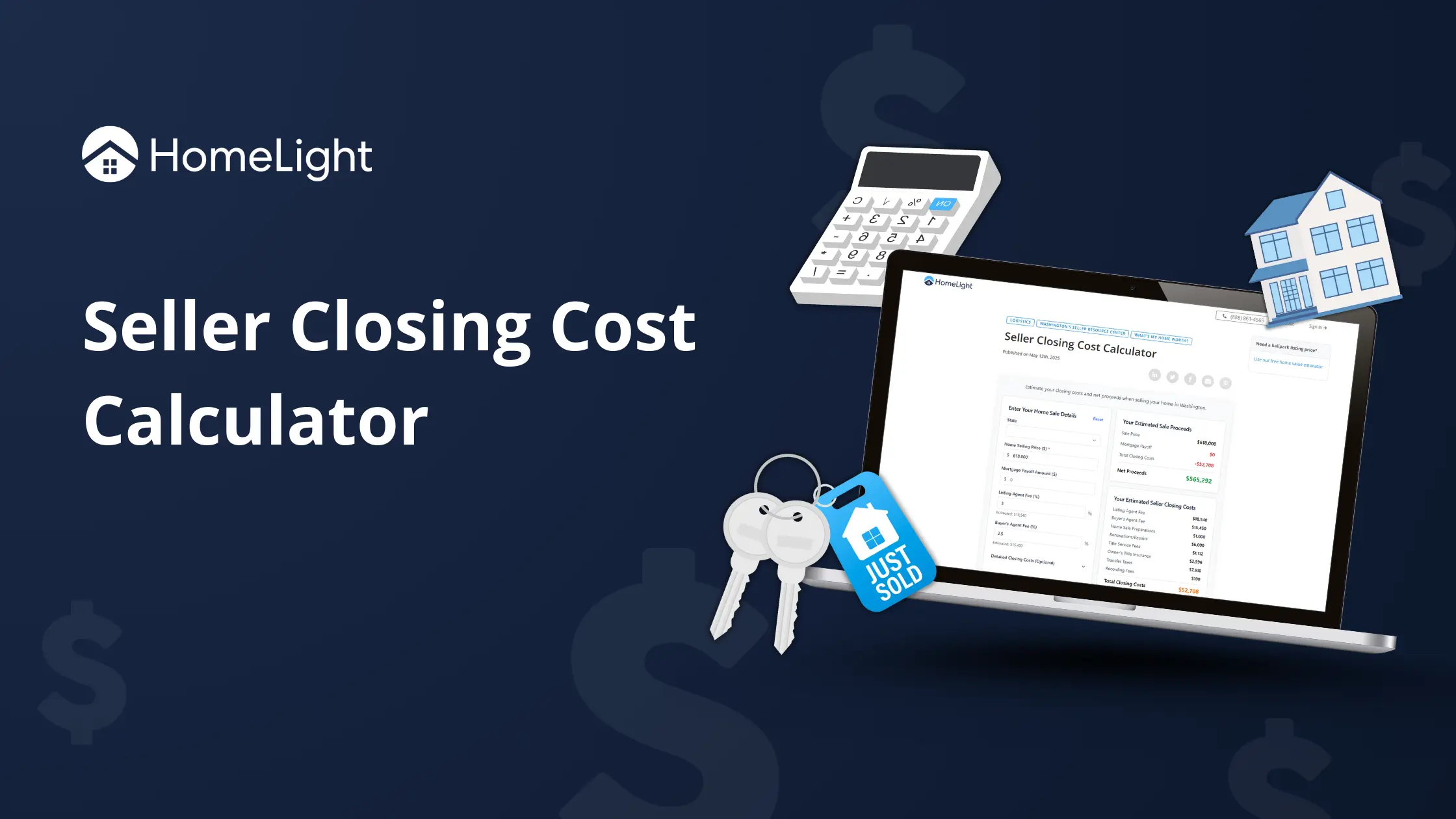
If you’re planning to sell your home soon, a new policy from the National Association of Realtors (NAR) could give you more control over how your listing is shared, who sees it, and when. The recently announced Multiple Listing Options for Sellers policy works alongside NAR’s existing Clear Cooperation Policy (CCP) to offer sellers more marketing choices — including greater privacy during the early stages of selling a home. “NAR continually evaluates its MLS policies to ensure they best serve our members and their consumers while also mitigating and avoiding potential legal risks,” said NAR President Kevin Sears in a public statement. “We are pleased to have found a solution that reflects the best and balanced interests of the industry.” In this guide, we’ll break down what the new listing policy means for sellers, how it could affect buyers, and what you need to know if you choose to employ this more private marketing option. We’ll also share insights on why encouraging private listings is causing a stir in the industry. The Multiple Listing Options for Sellers policy is a new rule designed to give home sellers more control over when and how their listings are shared online. It adds a new category of exempt listings called a “delayed marketing exempt listing” to the marketing options sellers already have under existing NAR policies. Here’s how it works: This new policy is meant to give sellers more flexibility while maintaining transparency and cooperation among real estate professionals. As NAR explains, the new approach “preserves CCP while enabling a new marketing choice for sellers and their agents.” Here’s a quick comparison of the seller options under NAR’s policies: “Our goal is and always has been to foster an efficient, fair and transparent real estate market for consumers and to help brokers and agents carry out their ethical duty to put their clients’ interests first,” NAR said in a press release. For sellers, the new Multiple Listing Options for Sellers policy offers more ways to customize how your home is marketed — especially if you value privacy or want to strategically time your sale process. Before this change, most sellers had just two clear options: either list publicly on the MLS immediately or keep the listing private through an office exclusive, often referred to as a “Pocket Listing” or “Secret Listing.” Now, with the addition of delayed marketing exempt listings, you have a middle-ground choice that gives you more control over how and when your home appears on consumer websites. Here’s what each option could mean for you:What is the ‘Multiple Listing Options for Sellers’ policy?
Option Privacy level What it means Full MLS listing Low Listing is shared publicly with all agents and consumer websites through IDX and syndication. Office exclusive exempt listing Higher Listing is kept private within the agent’s brokerage and not publicly marketed. Delayed marketing exempt listing Moderate to high Listing is visible to MLS participants but not advertised publicly through IDX or syndication for a set period of time. What does the new listing policy mean for sellers?



